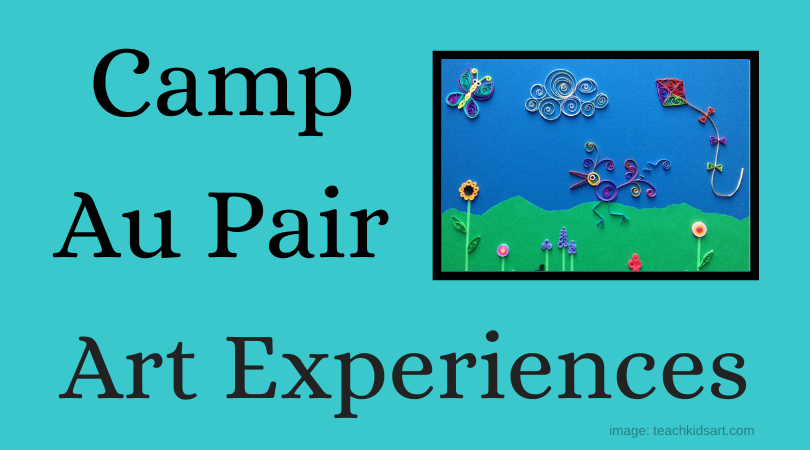Planning ahead can really make a dream vacation here in the USA possible. Here are some reminders about program rules regarding holidays and vacations.
Holidays
- Host families are not required to give au pairs any specific holidays. If a family chooses to give time off, it can be a nice reward for an Au pair!
- Each host family will make different arrangements for holidays, some au pairs will be off and others will be required to work.
- Au pairs should not make plans for holidays without checking with their host family first.
Vacations
- An Au pair earns 11 days of paid vacation during her year.
- Vacation time should be mutually agreed upon before it is taken.
- All vacations should be preplanned (at least 4-12 weeks in advance.) This can allow time to coordinate the au pair’s weekend off for the month and her vacation days.
- All au pair’s friends and/or family visits/vacations should be pre-approved before purchasing tickets. Some host families will not be comfortable with guests visiting during work hours. It might be best to coordinate the Au Pair vacation with the guests’ plans to visit.
- If an au pair travels with her host family, it should be discussed in advance whether this is the au pair’s vacation or if she is working. A schedule is necessary for work during the host family’s vacation.
- If an au pair travels with the host family to work, the host family is required to pay for her transportation, lodging, and meals. Her Lodging should ensure her privacy.
- An Au Pair cannot be away from the host family’s primary residence for longer than 3 weeks.
- Year 2 Au Pairs cannot travel internationally except for Canada, Mexico, and some adjacent Caribbean islands. The specific islands that are allowed are listed on the Automatic revalidation checklist below.
Important: If an au pair is traveling outside of the U.S., she must have her DS2019 signed (travel validation) before she departs from the US. This can take up to 4 weeks to process. A visitor’s visa may also be needed for the country you are visiting. The ability to re-enter the USA is up to the border agent. APIA has no control over this decision, even with a travel signature.
More information about international travel may be found with these resources:
Year 1 International Travel Checklist




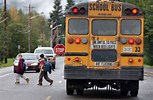
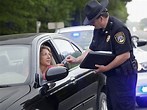



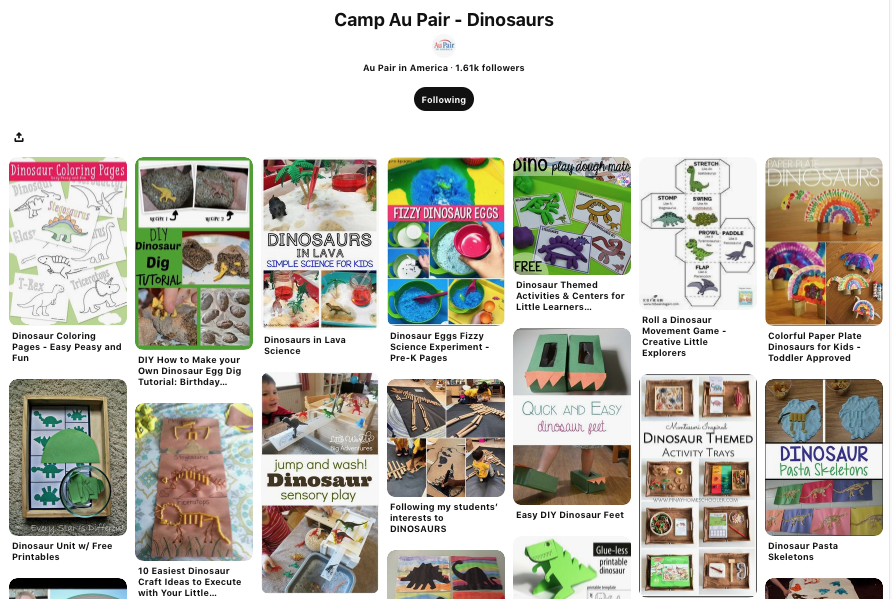

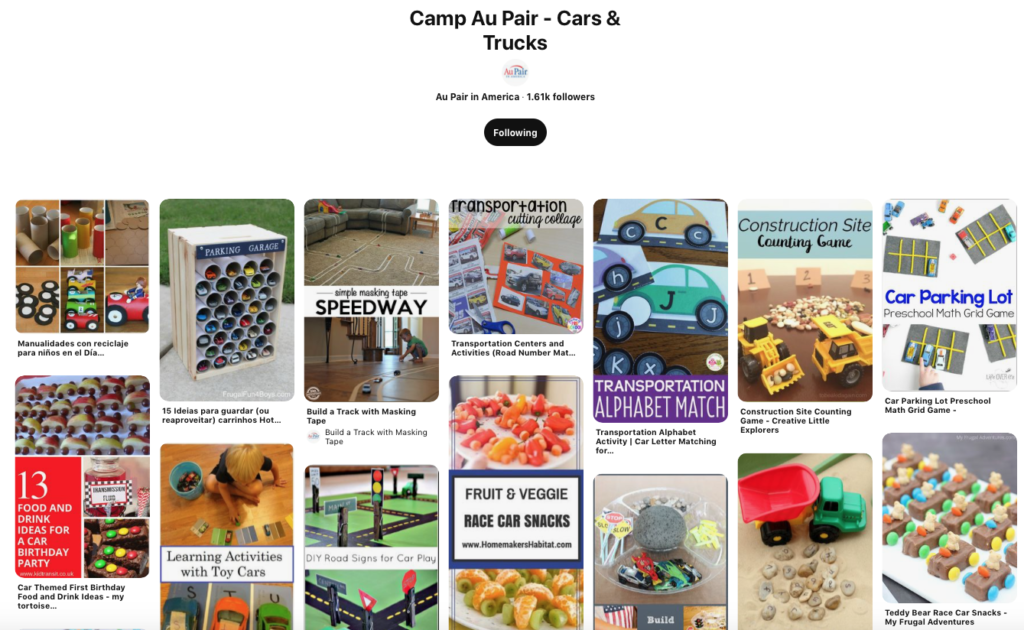

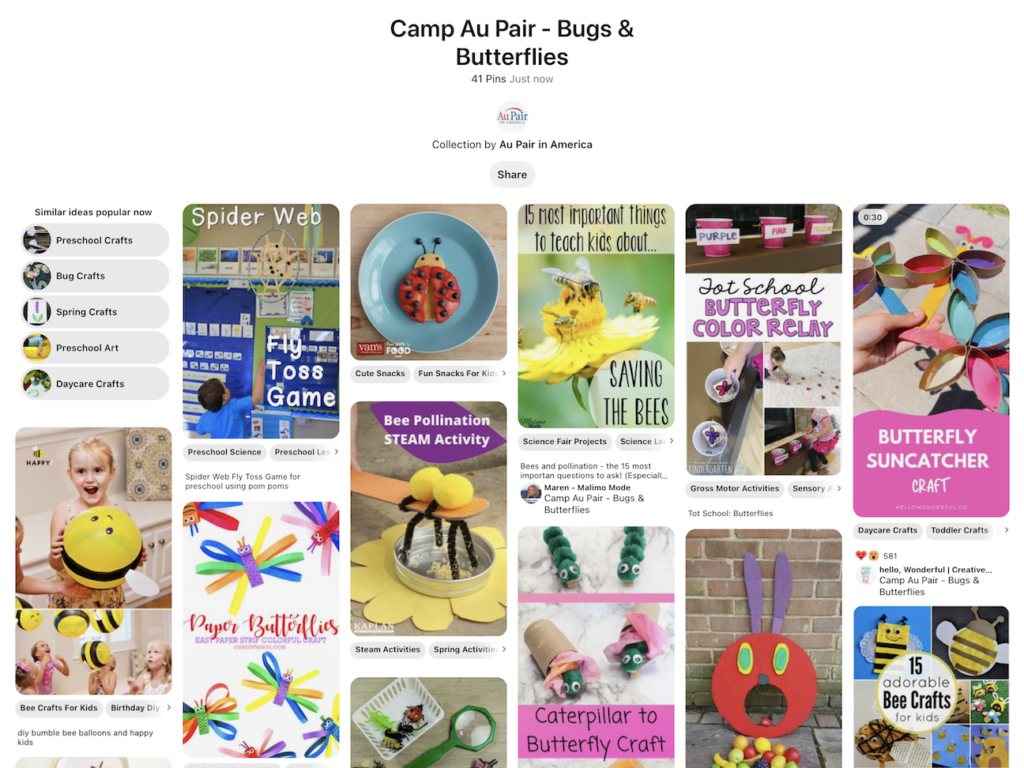

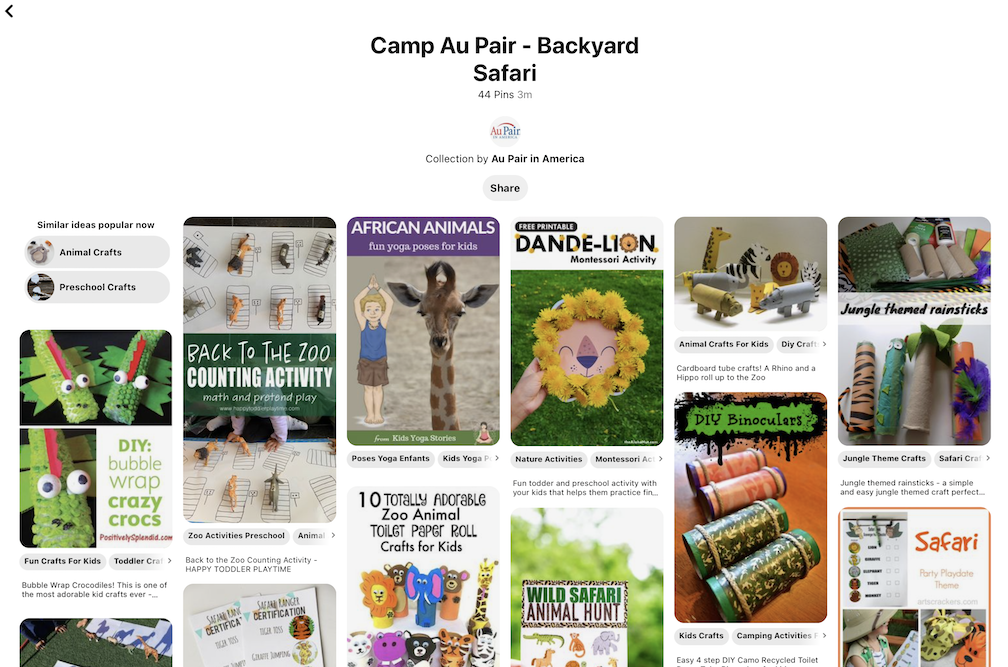
 Next week’s Camp Au Pair theme is
Next week’s Camp Au Pair theme is 

